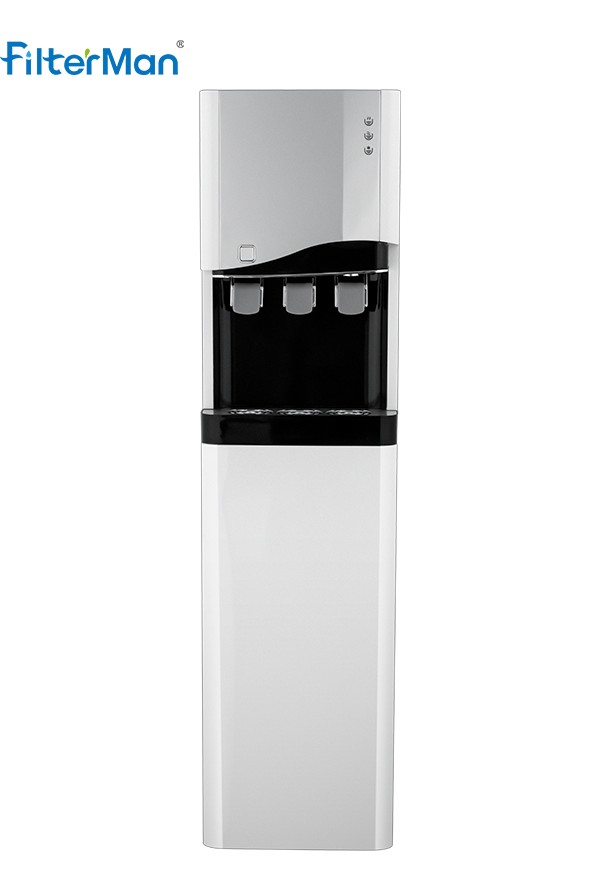In today's era of energy conservation and environmental protection, people are paying more and more attention to the energy consumption of various electrical equipment. In the field of drinking water equipment, Desktop Water Dispenser has gradually come into people's field of vision, so is it really more energy-saving than traditional water dispensers?
Traditional water dispensers usually use repeated heating to maintain water temperature. Even when no one is using the hot water, they continue to consume electricity to maintain the water temperature in the hot water tank. This method not only wastes energy, but may also lead to poor water quality, because long-term heating will precipitate minerals in the water and produce scale.
Desktop water dispensers have significant advantages in energy saving. First, many tabletop water dispensers use instant heating technology. This technology can heat water to the required temperature in an instant, heating it only when the user needs hot water, avoiding unnecessary waste of energy. Instantaneous heating technology not only saves energy, but also ensures fresh water quality because the water does not remain heated for a long time.
Secondly, desktop water dispensers are usually small in size and have a relatively small heat dissipation area. This means less heat is lost during the heating process, allowing for more efficient use of energy. In comparison, traditional water dispensers are larger in size, dissipate more heat, and require more energy to maintain water temperature.
Furthermore, some desktop water dispensers are also equipped with intelligent control systems. This system can automatically adjust the heating temperature and water output according to the user's usage habits and needs, further improving energy efficiency. For example, when users do not use hot water for a period of time, the intelligent control system can automatically enter standby mode to reduce energy consumption.
In addition, the design of desktop water dispensers also pays more attention to energy conservation and environmental protection. Some products use environmentally friendly materials to reduce environmental pollution. At the same time, their appearance design is more concise and beautiful, takes up less space, and is suitable for modern homes and office environments.
However, there are some practical factors to consider when deciding whether a tabletop water dispenser is actually more energy efficient than a traditional dispenser. For example, frequency of use, water consumption, ambient temperature, etc. will all have an impact on energy consumption. If used less frequently, a traditional water dispenser may have an advantage in terms of energy savings, since tankless heating technology consumes a certain amount of electricity each time it is started. If the water consumption is large, the large-capacity water tank of a traditional water dispenser may be more convenient and reduce the trouble of frequent water refills.
Home / News / Industry news / Is the Desktop Water Dispenser really more energy efficient than a traditional water dispenser?
Is the Desktop Water Dispenser really more energy efficient than a traditional water dispenser?
Posted by Admin
PREV:Why do modern offices tend to use Desktop Water Dispenser more and more?
NEXT:Desktop Water Dispenser: Filtration system protects water quality safety
NEXT:Desktop Water Dispenser: Filtration system protects water quality safety
Hot Products
Real Time Communication
Enter your information and we will proactively send you more information
Quick Link
Contact Us
-
0086-13586526903
-
South Industrial Zone, Fuhai Town, Cixi City, Zhejiang Province, China
Copyright © Ningbo FilterMan Environmental Technology Co., Ltd. All Rights Reserved Wholesale Water Dispenser Manufacturers

 English
English 简体中文
简体中文
 English
English










